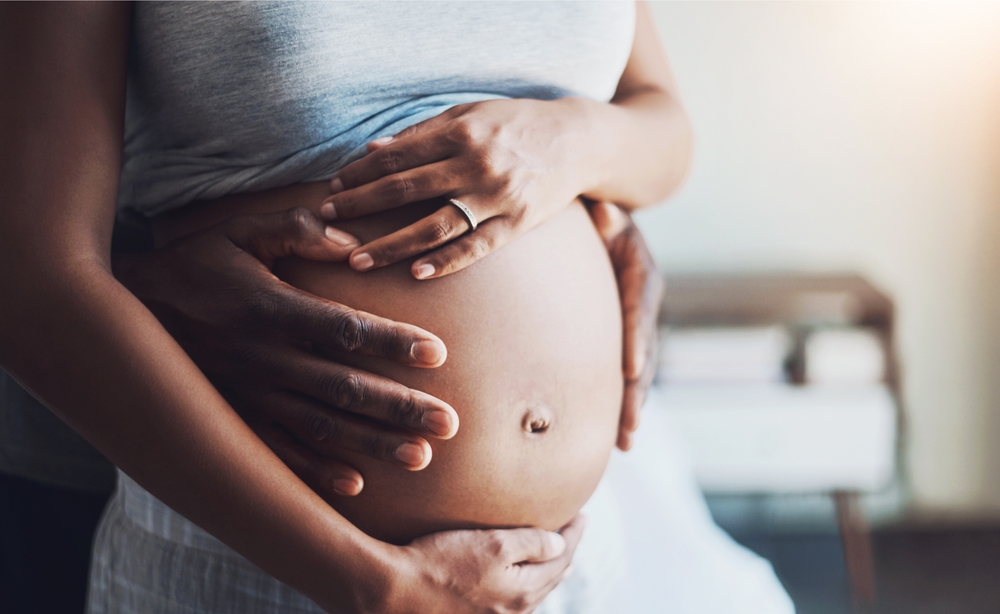Recent research has unveiled alarming disparities in maternal health, particularly highlighting the experiences of Black women during childbirth. A study conducted by the National Bureau of Economic Research indicates that pregnant Black women are 25% more likely to undergo cesarean section deliveries compared to their white counterparts. This statistic raises significant concerns about the underlying factors contributing to these disparities.
Understanding the study’s findings
The study analyzed nearly one million births across 68 hospitals in New Jersey from 2008 to 2017. It revealed that 21% of Black women with unscheduled deliveries had C-sections, while only 17% of white women faced similar outcomes. Researchers suggest that these disparities may stem more from provider preferences than from the medical needs of the mothers themselves.
Interestingly, when researchers adjusted for medical risk factors, sociodemographic characteristics and hospital practices, the disparity in C-section rates narrowed. However, it completely disappeared when accounting for the availability of facilities. This indicates that the presence of scheduled C-sections at a hospital significantly influences the likelihood of unscheduled C-sections, particularly among Black women.
The role of implicit bias and financial incentives
The findings suggest that implicit racial bias among health care providers may contribute to the disparity in C-section rates. Some hospitals may also have financial incentives to keep operating rooms occupied, which could further complicate the issue. Mark Simon, M.D., chief medical officer at Ob Hospitalist Group, expressed concern over the stark disparities highlighted in the study, emphasizing that this issue extends beyond New Jersey.
“The CDC has released data that clearly highlights national differences in C-section rates across each state, with New Jersey ranking on the high end,” Simon noted in an interview with Healthline. “But this problem is not unique to New Jersey — disparities in maternal mortality, particularly along racial and socioeconomic lines, are also well-documented.”
Rising rates of cesarean deliveries
The rate of cesarean deliveries in the United States has seen a significant increase in recent years. Currently, planned and unplanned C-sections account for approximately one in three births, far exceeding the World Health Organization’s recommended target rate of 10-15%. This trend disproportionately affects Black women, raising questions about the medical necessity of these procedures.
Addressing the disparities
As the study indicates, the reasons behind the disparities in C-section rates among Black women remain unclear. However, discussions with obstetricians reveal that perceived risks may play a role in their decision-making process. The high infant mortality rates among Black infants could lead physicians to opt for emergency C-sections as a precautionary measure.
Addressing these disparities is crucial for improving maternal health outcomes for Black women. Increased awareness and training on implicit bias in health care, along with better communication between providers and patients, could help bridge the gap in maternal care.
The disparities in C-section rates among Black women highlight a critical issue in maternal health that demands attention. As research continues to uncover the underlying factors contributing to these disparities, it is essential for health care providers to reflect on their practices and strive for equitable care for all mothers. Only through concerted efforts can we hope to improve outcomes for Black women and their families during childbirth.













